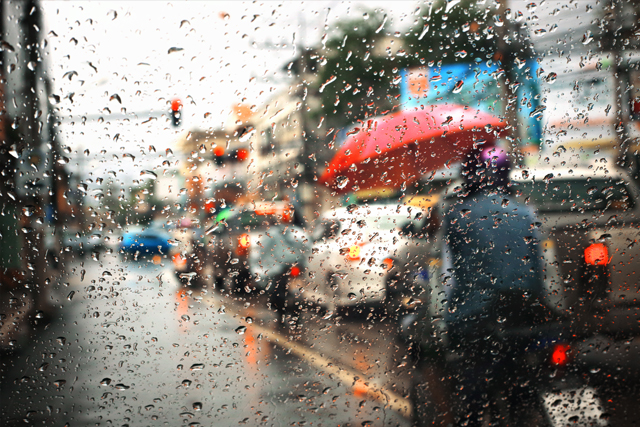Pagasa revises storm warnings

The state weather bureau will revise its tropical cyclone warnings, focusing on impact to specific areas rather than just strength and speed of the weather disturbance to help people better prepare for incoming storms. File
MANILA, Philippines - The state weather bureau will revise its tropical cyclone warnings, focusing on impact to specific areas rather than just strength and speed of the weather disturbance to help people better prepare for incoming storms.
Esperanza Cayanan, weather division chief of the Philippine Atmospheric, Geophysical and Astronomical Services Administration (PAGASA), said yesterday they would make the warning short and simple for people to understand.
She said there would be a corresponding impact for every storm signal. Tropical warning signal No. 4, for example, would cause closure of roads due to fallen trees and collapse of bridges, as well as total power disruption.
She noted that the cyclones’ strength and speed are being highlighted in media more than their direct impact.
“For the impacts to specific areas, we will directly coordinate with local officials and they should be equipped with hazard maps,” Cayanan said at the press conference for the observance of Typhoon and Flood Awareness Week next week.
She said the new warning system would be discussed during an executive meeting also next week.
The weather bureau expects nine to 14 cyclones to enter the Philippine area of responsibility until November.
PAGASA officially declared the rainy season in the country last May 30.
The country normally receives high volume of rains during the peak of the southwest monsoon season in July and August.
Strong cyclones, meanwhile, usually hit the country in the latter part of the year.
PAGASA officials, however, do not expect the occurrence of an El Niño or La Niña until November that could affect the country’s weather pattern and the tropical cyclone’s behavior.
In late 2015 to June 2016, the Philippines experienced one of the most severe El Niño on record, with the production of staple crops such as rice hitting low levels.
The Department of Agriculture, however, has started adopting preparatory measures amid threat of another dry spell that may dampen productivity of the farming sector.
The Philippines suffered the worst El Niño on record in 1998 when 70 percent of the country was hit by drought and P4 billion worth of crops were damaged.
- Latest
- Trending




























